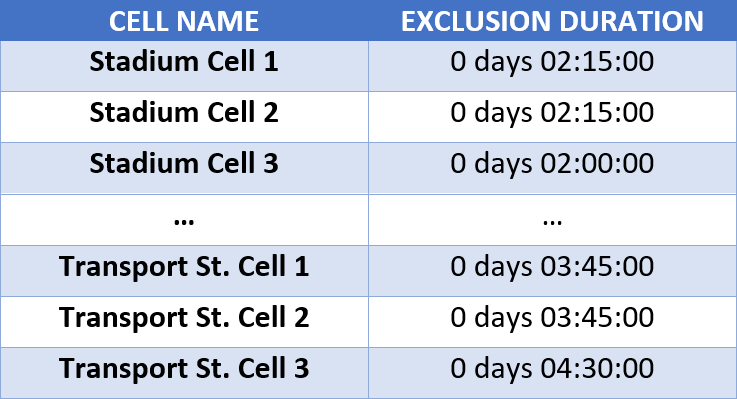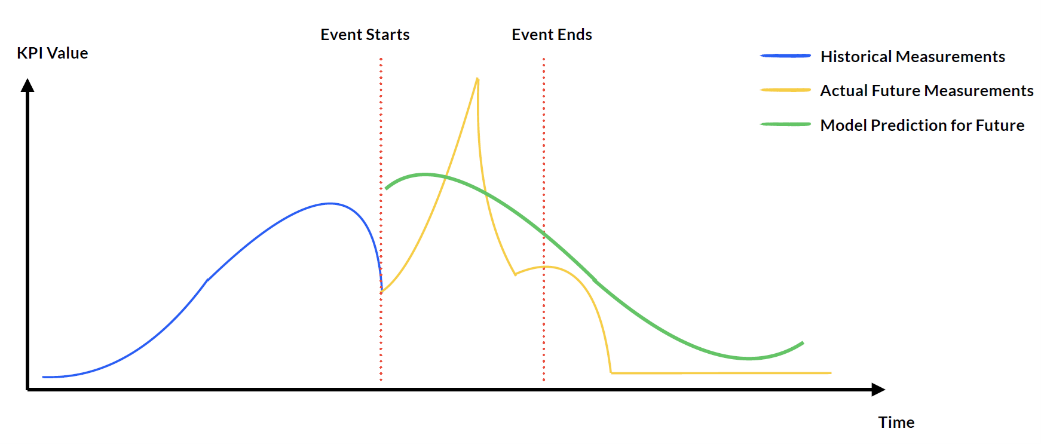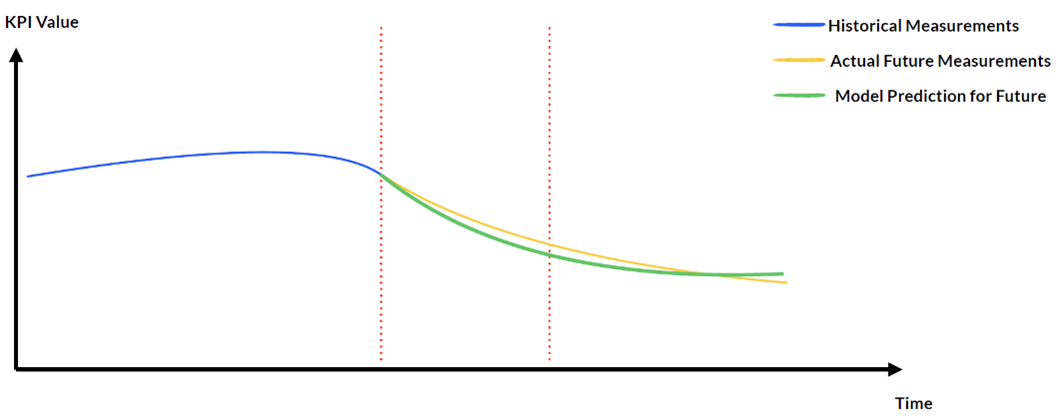
- Continuously rising demand for mobile data exponential growth of energy costs, and the increasing climate change awareness create mounting pressure on Mobile Network Operators (MNOs) to minimize energy consumption within their networks.
- Given that quite a notable portion of energy costs come from the radio networks, many MNOs are implementing various techniques based on carrier shutdowns of Radio Units' low-utilization traffic reactivating them as the utilization increases.
- While dynamic carrier shutdowns-based energy-saving implementation empower MNOs to optimize network energy efficiency, most MNOs are not risking activating energy-saving mechanisms even during planned special events to avoid risks associated with quality issues during sudden traffic surge and uphold service quality. These techniques combined with AI-based load prediction algorithms have field-proven savings results of 4-10% of overall site energy consumption depending on site configuration.
- Our research demonstrates that modeling the impact of crowd movements through advanced deep neural network architectures makes it possible to implement dynamic carrier shutdown-based energy-saving algorithms. This approach can lead to achieving up to 4.5% in energy savings, even during planned special events, all while maintaining quality. When considering multi-day special events like festivals, large outdoor fairs, or global sports tournaments, this strategy could serve as a significant opportunity for further reducing Operational Expenditures (OpEx) for Mobile Network Operators (MNOs) and represent another significant step towards environmental sustainability.
Energy-saving during special events
Special events, such as major sporting events or concerts, can have a significant impact on network traffic patterns. These events often lead to increased utilization and traffic in specific regions, deviating from normal historical data patterns. Predicting crowd behavior accurately during such events is essential to ensure optimal network performance and maintain service quality. If a prediction model is being used to forecast traffic patterns in a city, a planned special event may result in an increase in traffic in certain regions that the model may not be able to anticipate only
from historical patterns. This could lead to inaccurate predictions and potentially incorrect decisions based on those predictions. We have successfully modeled the effects of crowd movement on the network per cell basis within event regions by utilizing machine learning techniques. This not only assists in optimizing energy usage but also contributes to our ongoing efforts in energy conservation.
Methodology
We utilized deep recurrent graph neural networks (RGNNs) to capture the spatial and temporal dynamics of planned special events. We can effectively model and predict the impact of these events by employing RGNNs that are not typically utilized in the field of self-organizing mobile
networks. Our research shows that it is possible to predict the impact of crowd movements during planned special events by modeling the correlations between cells using network measurements and the neighboring relations via RGNNs. For example, after a football match, the crowd will typically travel along certain hotspot transportation paths and locations, resulting in a heavy load on specific cells. Our trained model can learn these patterns, which then can be used to notify the SON orchestrator and RIC Platform of potential impacts on the network during future events. By doing so, we can adjust capacity and stop energy-saving actions in specific sectors or cells, where load increase is expected, reducing the risks
associated with planned special events. The prediction model (illustrated in Figure 1) receives the last 5 hours of network measurements for ~1500 cells around the event venue to predict the next 5 hours of network measurements for all the cells at once.




The forecasts generated by the model can be leveraged to create an exclusion list for energy-saving algorithms. When an increase in load is anticipated within the next few hours, we instruct the energy-saving algorithms to exclude those specific cells from their operations and keep them active to meet the expected capacity requirements until the predicted load disperses.
Solution Impact
- Crowd movements can be effectively and reliably forecasted using network measurements and mobility matrix with experiments showing less than 2% missed exclusions all of which did not lead to negative network impact.
- Model forecasts can be used to create dynamic exclusion lists covering high-impact areas and the duration per cell basis that are further used by RIC and SON Solutions for energy saving, and other automated optimization and operation activities.
- Research shows that this approach can allow an additional ~4% energy-saving during a planned special event without compromising service quality and reducing CO2 emission.
Summary
AI-based technologies enable a wide range of solutions for improving the environmental sustainability of mobile radio networks. Our research has demonstrated that advanced modeling techniques and accurate crowd movement predictions enable MNOs to activate energy-saving during special events safely and achieve ~4% energy savings during special events around the venue and other associated cell sites on the main transportation points. Crowd movement modeling can also be utilized for automated network optimization and special event parameters autoconfiguration to achieve ultimate performance, automated COW (cell-on-wheels) usage optimization, and intelligent inputs for the planning tools based on planned special events.
